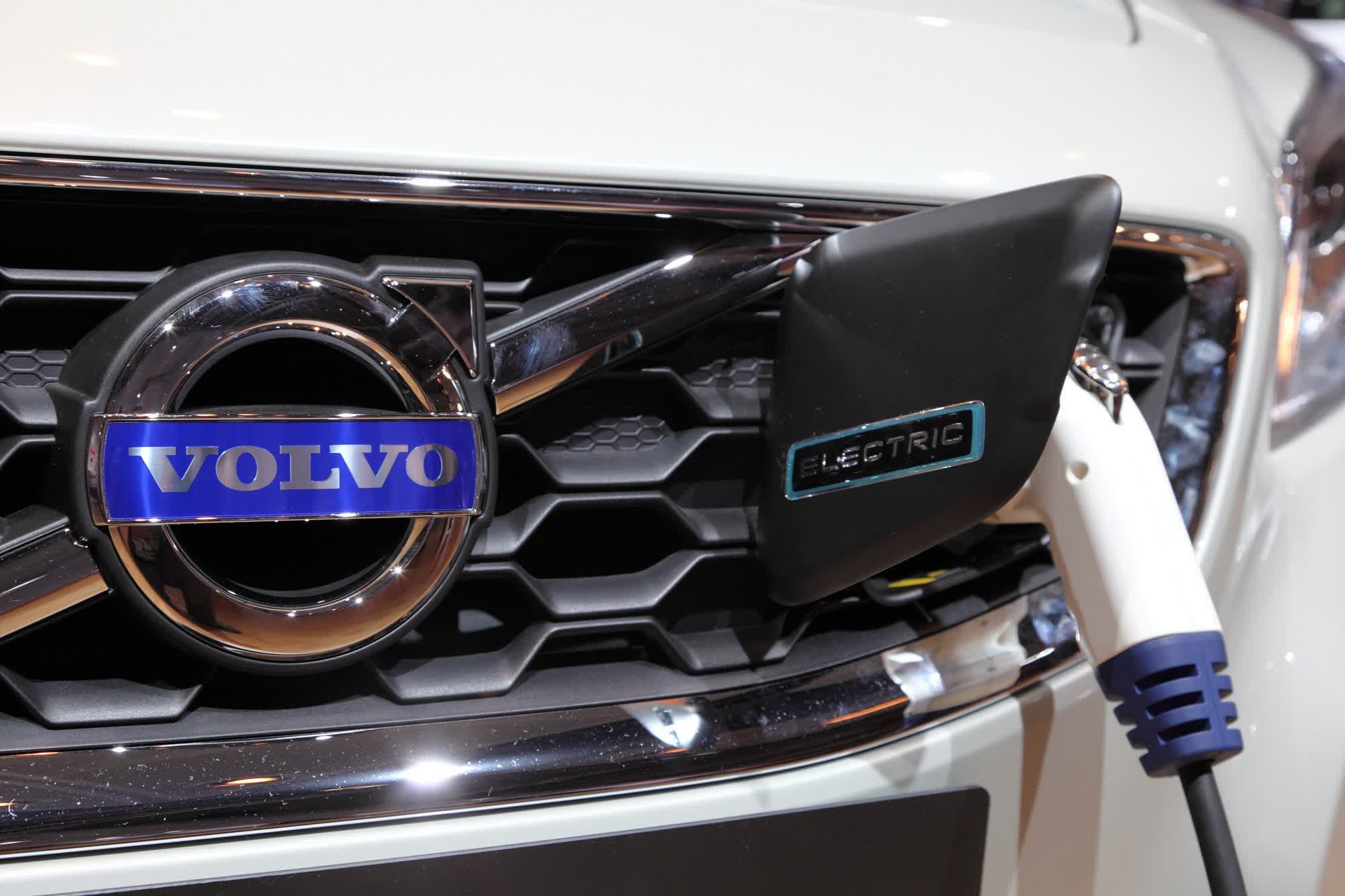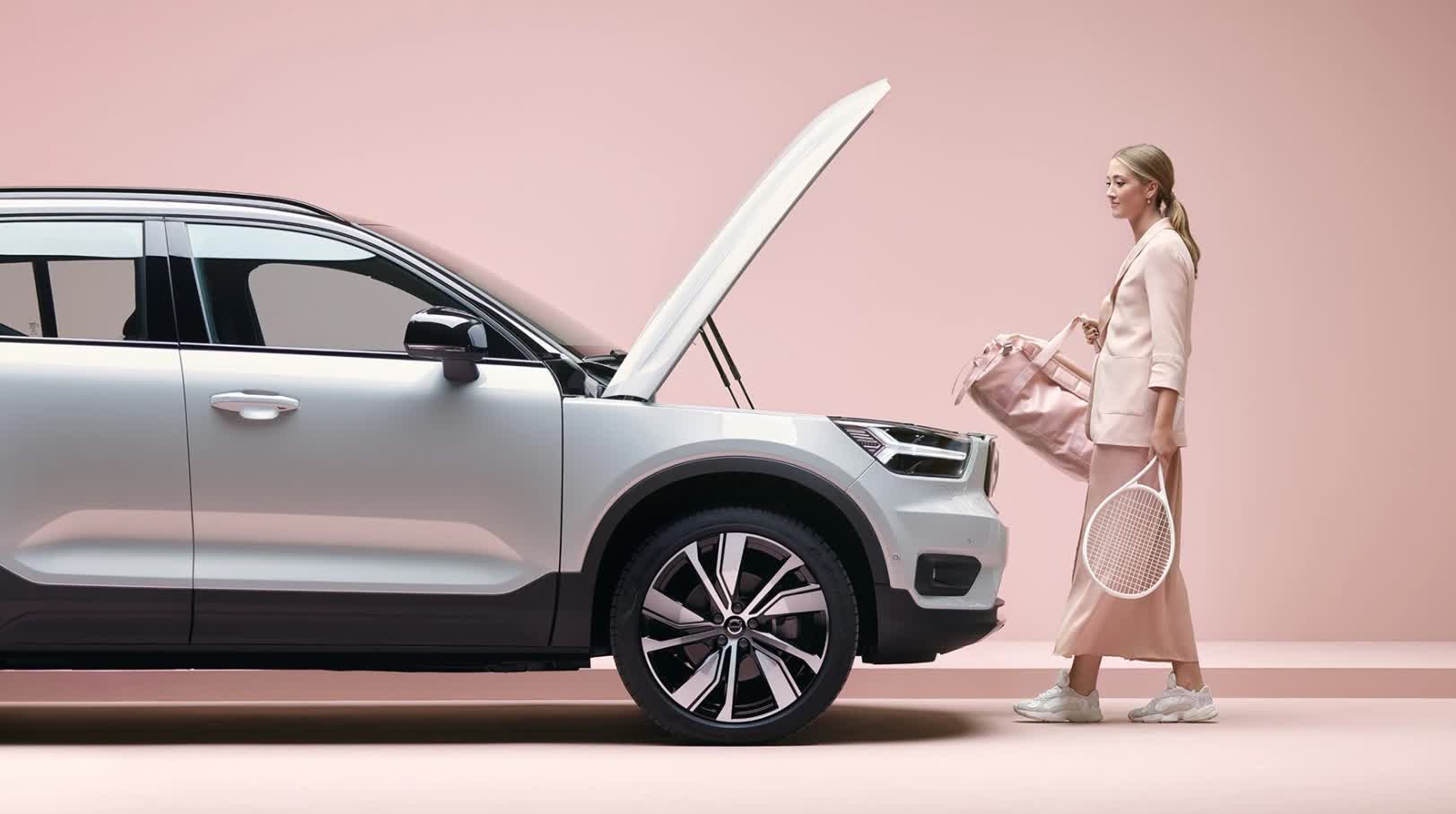What just happened? Volvo has announced it will only sell electric vehicles by 2030, phasing out all car models with combustion engines, including hybrids, over the next nine years. The company previously said it's aiming for 50 percent of global sales to consist of fully electric cars by 2025 and wants to become an all-electric automaker within twenty years; this new 2030 target represents an “acceleration” of the electrification strategy.

Swedish company Volvo, owned by the Chinese Geely Group, says the new target date is driven by strong early demand for its first EV, the XC40 Recharge that launched last year, and an expected expansion of EV charging infrastructure.
Volvo also said it is increasing its focus on online sales. The company will be rolling out several new fully-electric models in the coming years, all of which will only be available online.

Volvo's first all-electric vehicle, the XC40 Recharge
“To remain successful, we need profitable growth. So instead of investing in a shrinking business, we choose to invest in the future – electric and online,” said Håkan Samuelsson, Chief Executive of Volvo Cars. “We are fully focused on becoming a leader in the fast-growing premium electric segment.”
Several countries in Europe and elsewhere have announced plans to ban the sale of new cars or vans powered solely by fossil fuels within the next decade. This is in addition to the numerous carmakers that have pledged to go electric-only. Is the writing on the wall for combustion engines? Volvo certainly believes so.
“There is no long-term future for cars with an internal combustion engine,” said Henrik Green, Chief Technology Officer at Volvo Cars.
Image credit: Philip Lange
https://www.techspot.com/news/88787-volvo-only-sell-all-electric-vehicles-2030-moving.html